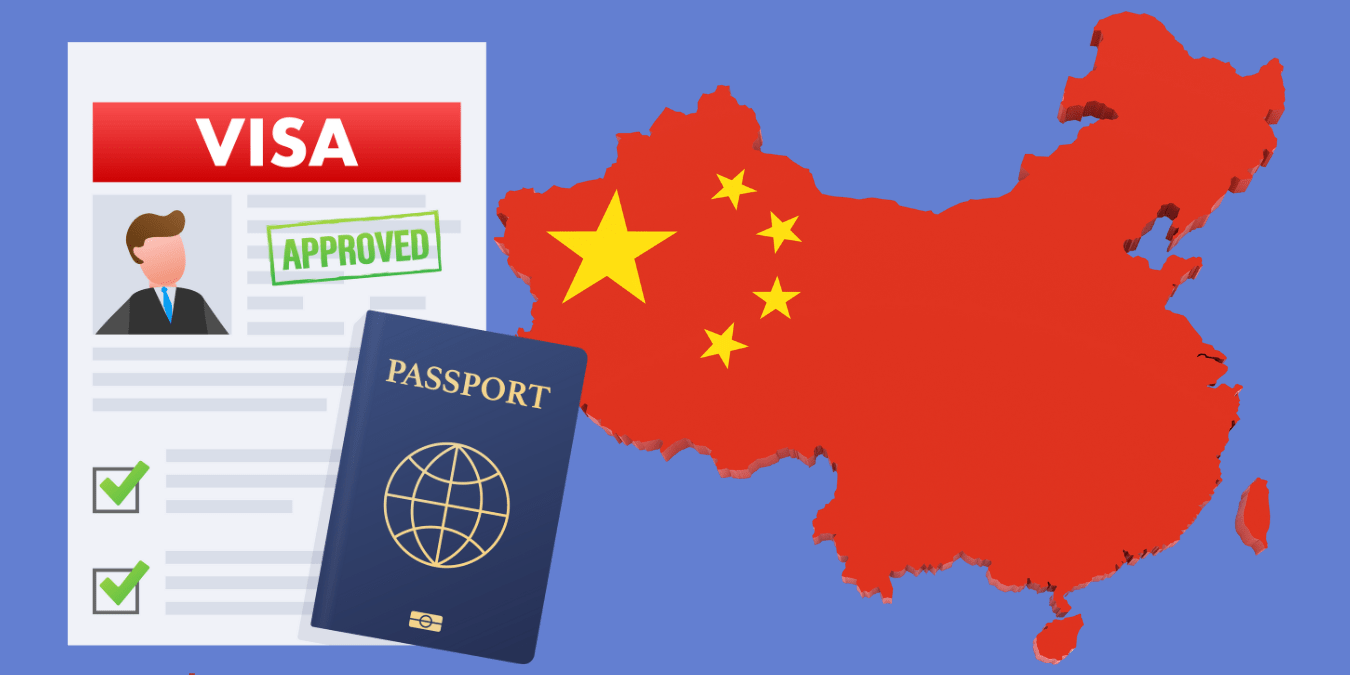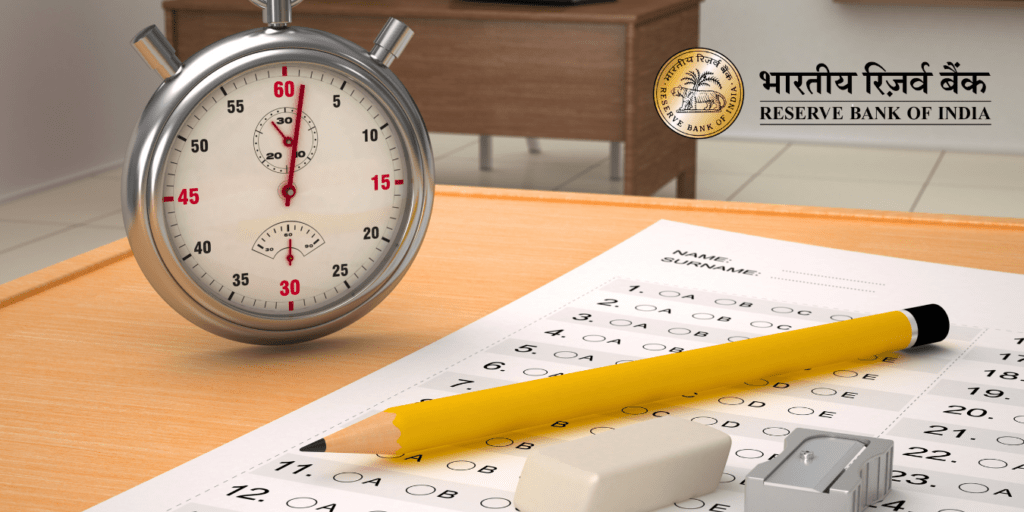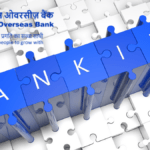
Why China’s K Visa 2025 Is Your Escape from the $100,000 H-1B Nightmare
Could China’s K visa, launching October 2025, outshine the US H-1B for Indian STEM talent? This game-changing visa promises no employer sponsorship, flexible stays, and access to China’s booming tech hubs. With US visa fees soaring to $100,000, discover why young Indian professionals are eyeing this opportunity for research, startups, and global networks. Uncover the surprising benefits and insider tips to seize this career-defining move before it’s too late. Will China’s innovation ecosystem redefine your STEM future? Dive in to find out!
China’s new K visa, launching on October 1, 2025, marks a significant shift in the country’s approach to attracting young science, technology, engineering, and mathematics (STEM) professionals worldwide. At a time when leading global destinations like the United States and the United Kingdom are tightening immigration pathways, China is boldly opening its doors wider for early-career global talent. For ambitious Indian STEM graduates and professionals, this visa presents a fresh, flexible opportunity for growth, innovation, and global collaboration in one of the world’s fastest-evolving innovation ecosystems.
Why the K Visa Matters for Young Global Talent
In an increasingly competitive global talent landscape, China’s introduction of the K visa heralds a new era for young STEM professionals. Unlike traditional work visas, the K visa does not require sponsorship from a local Chinese employer. This means that talented individuals from India and elsewhere can pursue research, education, entrepreneurship, and technology ventures in China with greater ease and less bureaucratic friction. Given the recent US H-1B visa fee hike to an unprecedented $100,000, many young Indians in STEM fields now have a compelling alternative to consider.
Understanding China’s K Visa: A New Era for Global Talent
What is the K Visa?
China’s K visa, introduced via State Council Order No. 814 on August 7, 2025, amends the Regulations on the Administration of the Entry and Exit of Foreigners. Effective October 1, 2025, it targets young science, technology, engineering, and mathematics (STEM) professionals, offering a streamlined path to contribute to China’s innovation goals. Unlike traditional visas, it prioritizes flexibility and independence, aligning with China’s Talent Power Strategy to become a tech superpower by 2035.
Who Can Apply for the K Visa?
Eligibility for the K visa focuses on early-career talent, particularly those from India’s robust STEM community. Key requirements include:
- Educational Background: A bachelor’s degree or higher in STEM fields from recognized global universities or research institutions.
- Professional Engagement: Young professionals involved in STEM education, research, or innovation.
- Age Criteria: While exact age limits (likely 18–45, based on similar programs) are pending, the focus is on early-career individuals.
Detailed guidelines will be published on Chinese embassy websites before the rollout, ensuring clarity for Indian applicants.
No Employer Sponsorship: A Key Advantage
Unlike China’s Z visa (work) or X visa (study), the K visa eliminates the need for employer sponsorship or an invitation letter. A major breakthrough of the K visa compared to traditional Chinese work or study visas is that applicants do not need an invitation or sponsorship from a local employer or institution. This liberates many young professionals from lengthy hiring or admission processes, empowering them to explore opportunities independently.
How the K Visa Works: Benefits and Opportunities
Flexible Stay and Multiple Entries
The K visa offers extended stays and multiple-entry options, surpassing the limitations of China’s 12 existing visa types. This flexibility supports long-term projects, frequent travel for collaborations, and seamless integration into China’s innovation landscape. Indian professionals can engage in multi-year research or entrepreneurial ventures with fewer visa renewals.
Broad Scope of Activities
K visa holders can participate in diverse activities, including:
- Scientific Research: Collaborate on cutting-edge projects in AI, biotechnology, or quantum computing.
- Higher Education: Pursue advanced studies or teaching roles at top Chinese universities.
- Entrepreneurship: Launch startups in tech hubs like Shenzhen or Hangzhou.
- Cultural and Academic Exchanges: Build global networks through conferences and partnerships.
This versatility aligns with India’s entrepreneurial spirit, offering young professionals multiple pathways to success.
Streamlined Application Process
China’s Foreign Ministry, Public Security Bureau, and National Immigration Administration are developing digital platforms for K visa applications, minimizing paperwork. Indian applicants can submit documents through Chinese embassies or consulates in cities like New Delhi and Mumbai, with clear guidelines expected by late September 2025.
Why China’s K Visa is a Strategic Move in 2025
Countering Global Visa Restrictions
The global talent market is shifting. The US’s $100,000 H-1B visa fee, effective September 2025, has made it cost-prohibitive for many Indian STEM professionals, who hold 71% of H-1B visas. The UK’s tightened skilled worker rules further limit options. In contrast, China’s K visa welcomes talent with open doors, positioning it as a competitive alternative.
Fueling China’s Innovation Ambitions
China aims to lead in AI, semiconductors, and green energy by 2035. The K visa addresses talent gaps by attracting young professionals to its labs, startups, and universities. For Indian STEM graduates, this means access to cutting-edge facilities and opportunities to contribute to global advancements.
Building Long-Term Talent Networks
By targeting early-career professionals, China fosters decades-long relationships. Indian engineers or researchers entering China on a K visa could become future collaborators, company founders, or goodwill ambassadors, strengthening India-China tech ties.
Encouraging Reverse Brain Drain
The K visa simplifies the return of Indian professionals with foreign citizenship to China for short-term projects or teaching. This aligns with India’s growing emphasis on leveraging diaspora expertise for global collaboration.
How Indian STEM Professionals Can Benefit
Expanding Beyond Traditional Destinations
For Indian STEM graduates, the US has long been the dream destination. However, the H-1B fee hike and complex processes make China’s K visa a compelling alternative. With no employer sponsorship required, Indian talent can explore roles in China’s booming tech sector independently.
Opportunities in Diverse Innovation Hubs
While Beijing and Shanghai are innovation powerhouses, smaller hubs like Chengdu or Suzhou offer niche opportunities. These regions, often underserved by global talent, provide Indian professionals with unique roles in biotech clusters, AI startups, or provincial tech parks.
Flexible Engagement Models
The K visa supports varied career paths:
- Study: Enroll in advanced STEM programs at institutions like Tsinghua University.
- Work: Join research labs or tech firms without needing a pre-arranged job.
- Startups: Launch ventures in China’s startup-friendly ecosystems, leveraging incubators and funding.
This flexibility suits India’s dynamic STEM workforce, known for its adaptability and entrepreneurial drive.
Building Global Networks
Working in China exposes Indian professionals to international researchers, fostering collaborations that enhance career profiles. The K visa’s support for academic exchanges ensures opportunities to attend global conferences and publish with leading institutions, boosting visibility.
Pro Tips for Indian K Visa Applicants
To maximize your K visa application success:
- Build a Strong Portfolio: Highlight STEM degrees, research papers, or projects to showcase expertise.
- Stay Updated: Check Chinese embassy websites for age limits and document requirements.
- Network Early: Connect with Chinese universities or startups to explore collaboration opportunities.
- Prepare Documents: Gather degree certificates, transcripts, CVs, and proof of STEM engagement.
- Monitor Deadlines: Apply early to avoid delays as the October 1, 2025, rollout approaches.
Common Mistakes to Avoid
- Ignoring Guidelines: Failing to check updated eligibility criteria can lead to rejection.
- Incomplete Documentation: Missing transcripts or proof of STEM engagement delays processing.
- Overlooking Smaller Hubs: Focusing only on Beijing or Shanghai limits niche opportunities.
- Delaying Applications: Late submissions may face backlogs as global interest grows.
Key Takeaways (Featured Snippet)
China’s K visa, launching October 1, 2025, targets young STEM professionals with a bachelor’s degree or higher, offering a sponsor-free pathway to research, education, and entrepreneurship in China. Indian STEM graduates benefit from flexible stays, multiple entries, and access to China’s innovation hubs, making it a viable alternative to restrictive US and UK visa regimes. With streamlined digital applications, the K visa empowers early-career talent to contribute to China’s tech ecosystem while building global networks.
Common Questions About the K Visa
Can Family Members Accompany K Visa Holders?
Current guidelines focus on individual applicants, but policies on dependents are expected post-rollout. Indian applicants should monitor Chinese embassy updates for clarity.
What is the K Visa’s Validity Period?
While exact durations are pending, the K visa is expected to offer longer validity and multiple entries compared to other visas, easing long-term stays.
Does the K Visa Include Work Permits?
The K visa likely integrates work permissions for research, education, and entrepreneurship, provided applicants meet registration requirements.
Where to Apply for the K Visa?
Applications will be processed through Chinese embassies, consulates, or authorized visa centers in India. Digital platforms will streamline submissions, with details available by late September 2025.
Final Thought: Seize the K Visa Opportunity in 2025
For young Indian STEM talent, China’s new K visa opens a gateway to one of the world’s most dynamic innovation landscapes. As the US and UK increase barriers, China’s K visa presents a viable and flexible alternative to advance careers, engage in frontier research, and build a global professional network. Stay informed on application updates, prepare your credentials, and consider how this opportunity aligns with your long-term ambitions. Taking the first step early could place you at the forefront of technology and innovation in Asia's rising superpower.
India’s young professionals ready to seize global opportunities should watch this space closely—the K visa rollout on October 1, 2025, could redefine career trajectories for STEM graduates across the country and beyond.

































